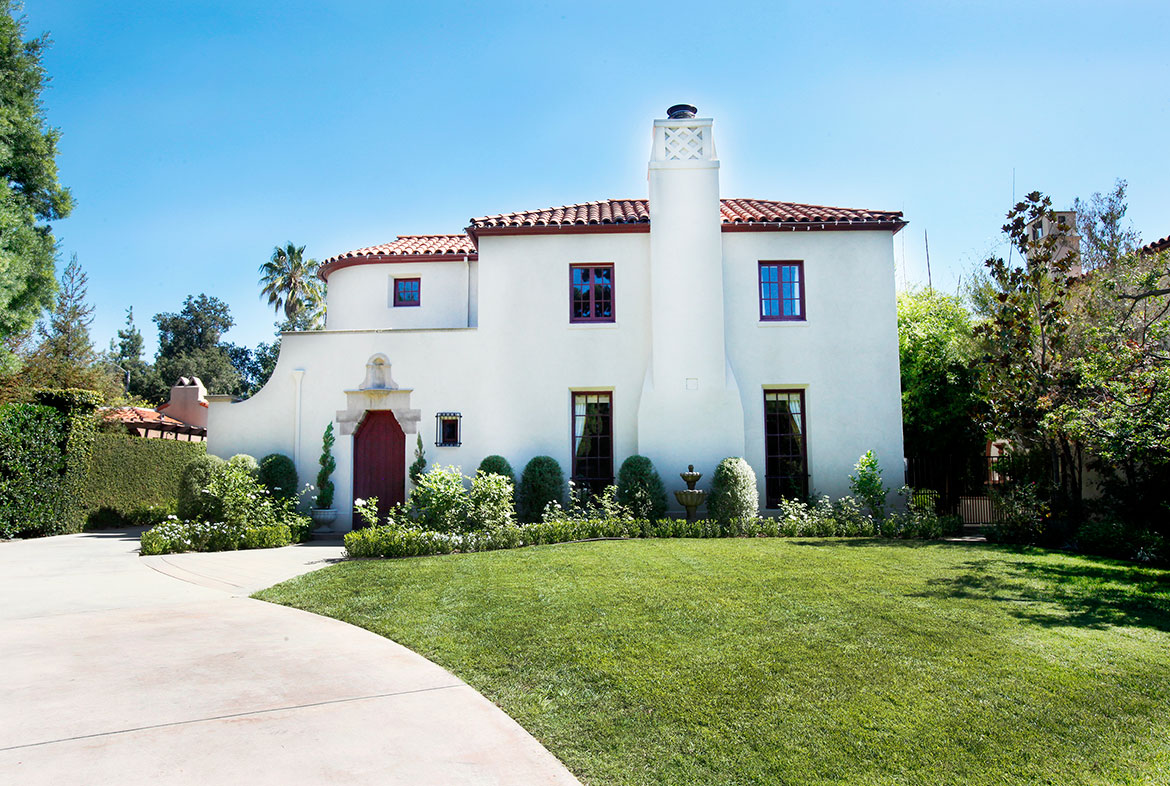We all know Millennials. They’re the resourceful, creative youngsters who grew up with the latest technology and who are big fans of music festivals and avocado toast. Known as a generation of renters, many Millennials find renting more affordable and hassle-free than buying. But that’s not the only reason they don’t buy. At a time when they should be able to focus on their career, settling down and having a family, Millennials are still going through the stress of student loan debts while at the same time struggling to pay rent.
The cost of renting is a huge subject nowadays and a big expense as well, arguably the biggest it’s ever been. We were curious to find out exactly how much Millennials spend on rent before the age of 30 and if it’s true that they’re more rent burdened than previous generations. In our quest for more information, we turned to U.S. Census to shed some light on this topic and looked at each generation’s total income and total rent paid for an 8-year period (from 22 to and including 29 years of age). Specifically, we looked at the median income representative for the ages analyzed, rather than the median income of the overall population, because people in their 20s, with limited experience in the workforce, typically have a lower income than those over 40 who are at the peak of their careers. Our analysis refers to single people paying a median rent on their own, and all amounts were adjusted to 2017 prices.
Our study comes to show that yes, Millennials do carry the weight of a very heavy rent burden and pay a ton of money on rent.

With a rent burden of 45%, Millennials pay $92,600 in total rent
Millennials pay a whopping $92,600 in total rent by the time they turn 30, more than what their Baby Boomer parents paid by the time they hit the same age. It seems that Millennials do put a massive amount of money into renting, but the numbers also show that their total median income is the highest among generations, earning about $206,600 in 8 years. However, they spend 45% of this income on rent between the ages of 22 and 30, which is more than the recommended 30%. In fact, none of the two previous generations managed to keep the rent burden under 30% with Gen Xers witnessing a rent burden of 41% and Baby Boomers of 36%.

Both Gen Xers and Baby Boomers made less money than Millennials but they also spent less on rent. Gen Xers spent a total of $82,200 on rent when they were in their 20s, and they earned about $202,100. The same is true for Baby Boomers as they earned $195,700 while $71,000 of that went towards rent.

Besides the heavy rent burden, there are several other reasons why Millennials witness such big financial challenges. One of them is the ever-increasing student loan debt, which many economists blame as the reason Millennials aren’t able to buy homes. Millennials do make more money than any other generation before them, but they’re also said to be spending more on things that are not necessarily essential, like Uber rides, pricey coffee or eating out. At the same time, spending habits depend very much on where they live, and as many Millennials prefer urban areas and big cities, this can only result in higher costs.
Millennials earn and spend more on rent than any previous generation
To better illustrate this, we compared Millennials’ income and rental amounts paid before turning 30 to those of the two previous generations.
With a total of $92,600 spent on rent before hitting 30, Millennials pay a striking $21,600 more than what Baby Boomers paid during the same 8-year period. At the same time, Millennials boast a total income of $206,600, almost $10,900 more than the $195,700 that Baby Boomers earned between the ages of 22 and 30. It’s worth noting that the rent difference between Millennials and Baby Boomers is twice as big as the income difference.

As for the Gen Xers, they had an income of $202,100, about $4,500 lower than that of Millennials. Some might say that compared to Gen Xers, Millennials have had it easier so far. Given the fact that Gen Xers were in their 30s and 40s when the U.S. housing market crashed in 2008, most of them witnessed the full force of the aftermath. As a result, many were no longer able to buy and were forced to turn to renting. However, if we compare the rental amounts paid by Gen Xers and Millennials between the age of 22 and 30, we’ll notice that the latter paid $10,400 more on rent. An explanation for this could be the rents that have gone up since the housing crisis.
Younger Millennials pay more rent than older Millennials
Our analysis also found that younger Millennials, now aged between 22 and 29 years old, have had to pay a larger amount of money on rent than older Millennials, now aged 30 to 40. Younger Millennials are paying a median rent of $97,400 before turning 30, while older Millennials paid about $90,500, almost $7,000 less than younger Millennials. The two demographics were impacted by both the recession and social factors in a way that pushed them to rent longer than any other previous generation.

As far as the rent burden goes, there’s a visible difference between younger Millennials and older Millennials. With a rent burden of 47% between the ages of 22 and 30, younger Millennials surpass older Millennials who spent about 44% of their income on rent during the same period of time. The high rent burden carried by younger Millennials is mostly due to the increase in the median rent paid. While it’s true that their income was $3,400 higher than that of older Millennials, they also paid $6,900 more in rent.

By the time they hit 30, Generation Z will have paid over $102,000 on rent
Baby Boomers, now in their 60s and 70s, paid the lowest rental amount of $66,900 before turning 30. Following an ascending trend, the rent amount increased by about $5,000 to $8,000 each decade. If rents continue to go up at this rate, Generation Z, now aged around 20, will be paying a staggering $102,100 on rent by the time they hit 30.

As Gen Zers are starting to look for their very first apartments, they are bound to bring about some changes in the housing market. We’re talking about a highly visual cohort, which was born and grew up in the internet era. Although not very different from Millennials, Gen Zers are more tech savvy and highly reliant on technology. As a result, their future homes will have to meet their technological needs. Expected to be a more sedentary generation, industry experts say that they will no longer require amenities like swimming pools or fitness centers but computer labs and game rooms. Technological updates are likely to drive monthly rents further up, therefore Gen Zers should expect to pay more in order to get more.
Given their overwhelming student loan debt, younger Millennials may carry on renting, simply because the prospect of buying is not yet attainable. On the other hand, older Millennials are starting to slowly shift towards home ownership. As they are finally catching up with the American Dream, this will surely drive demand for homes for sale. Their lifestyle patterns so far show that Millennials need affordable homes with attractive amenities. As they’re starting to form families, they’ll soon be ready to put their hard-earned money into their own home.
Methodology:
-
- RENTCafé is a nationwide apartment search website that enables renters to easily find apartments and houses for rent throughout the United States.
- Using the most recent Census data, our research team analyzed the rents and incomes across the United States during certain time periods. Relevant income data was available starting with 1974 while rent data was available starting with 1940. The income amounts represent the median gross income per capita and the rental amounts represent the historical median gross rents. The data was adjusted to 2017 prices, using a cumulative rate of inflation for each year.
- We based the total income on the following age brackets provided by Census: ages 15 to 24 and ages 25 to 34.
- We used the following year-of-birth ranges for each generation: Baby-Boomers – born between 1946 and 1964, Gen Xers – born between 1965 and 1976, Millennials – born between 1977 and 1995 and the Gen Z generation – born starting with 1996.
- We added up the data from an 8-year period for each generation (for the years they were aged 22 to and including 29), we calculated the median amount of money that each generation spent on rent and the median income they earned during the same period. The final data presented in this study was obtained by rounding up the numbers to the nearest hundred.
- The study refers only to single people paying the median monthly rent on their own.
source:Rent Cafe




